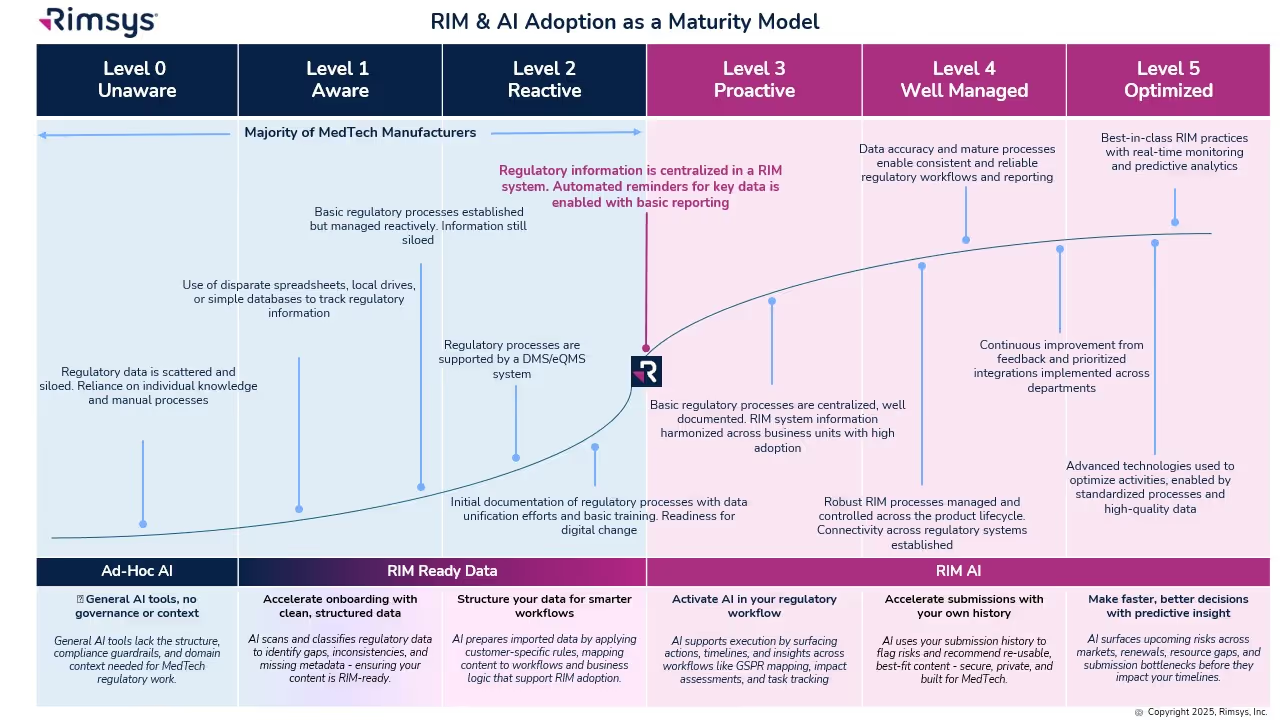
Your UDI questions answered
Our first “Ask us Anything” webinar last week focused on the topic of Unique Device Identification (UDI). We had so many great questions that we couldn’t answer them all during the session! We have picked the most common questions and put them together here with the answers from our expert panel.
For additional information on this topic, see the following resources:
- Quick reference guide - global medical device UDI requirements and timelines
- BUDI-DI - Basic UDI explained
- The ultimate guide to the EU MDR/IVDR unique device identifier (UDI) system
- Watch a replay of the Ask us Anything about UDI webinar!
Q: I’ve heard that the EUDAMED timeline has been pushed back. Is that true?
Yes, that is true. The European Commission recently pushed back EUDAMED deadlines by one year. It is important to note that this does not affect UDI labeling requirements and timeframes, only the mandatory entry of UDI data attributes into EUDAMED (now Q2 2026). The industry should not relax their efforts in regards to collecting and submitting UDI data. We make every effort to keep our Quick reference guide: global UDI requirements and timelines up-to-date and deadlines and regulations change.
Q: Are we expecting the FDA to be actively enforcing UDI regulations against class I manufacturers after September 2022?
Following this session, the FDA announced that they do not intend to enforce GUDID submission requirements for class I and unclassified devices, other than implantable, life-supporting, or life-sustaining devices.
Q. What governing body controls the correctness of GUDID data?
While the manufacturer is responsible for the accuracy of data they input into GUDID, the FDA is the agency that oversees the requirements.
Q: I have a UDI for a software device (SaMD) that includes features that will be included in a clinical study and features that will be part of the commercialized release version. Do I need to have separate UDIs or can I add the IDE label under a single UDI for the clinical version and keep the UDI for the market released version?
To fully answer this question, we might need a little more information. However, if the device involved in the clinical study is not released (i.e. marketed), then it would not require a UDI. If additional features are introduced during the clinical trial and a new product is released as a result, then a new UDI would be required.
Q: Can you provide insight into machine-to-machine transmission of UDI information?
Currently, the U.S. UDI database, GUDID, has the capability to accept machine-to-machine data transmission. More information can be found on the FDA website here. Most other major markets are working on providing this capability.
Q: How do I make a UDI implementation plan for the QMS process? What things need to be covered?
This is a broad question and there could be many different answers based on your product, QMS, and company structure. Generally speaking:
- UDI should be integrated within your Design Controls/Development processes, including the company product release process. You cannot market your device into a country without complying with their UDI requirements. Some countries require UDI information as part of the device registration process (e.g., EU and China).
- The company needs to establish accounts with the Issuing Agency (e.g., GS1) and with the country UDI databases (e.g., U.S. FDA GUDID)
Main things to consider:
- Labeling: Barcoding software and a process for creating the labeling
- Product UDI data attributes: All product related characteristics that are required to be recoded in the country UDI database. The specific characteristics/attributes can be found in the various country UDI guidance documents.
- Define methods for capturing, storing, controlling, transmitting data attributes (e.g., a RIM system, PLM system or both).
- Establish processes for maintaining the data including the country requirements (timeframes) for updates to the UDI data and periodic audits (reference country UDI guidance documents).
Q: How do I know what UDI information needs to be supplied to regulators?
The FDA regulations and data dictionary are mature and include information and required data fields to complete successful transmission of data. Data field details include information on whether data is required or conditional on other data, lists of standardized values, and guidance on the data that is expected for each field. EUDAMED has taken a similar approach, and also includes information that is expected for BUDI. The EUDAMED data dictionary is still in flux. We expect a similar approach from other countries.
Q: When you are implementing UDI and have a kit or system pack, do you need to have a separate UDI for the device, accessories for that device, and a separate UDI for the kit (which would have those components)?
Generally, the UDI is assigned at the lowest sellable product level. In the case of kits, procedure packs, or systems - each would be given a unique UDI as well.
Q: Is the GUDID barcode and the UDI barcode on the product label the same?
There is no GUDID barcode, but the information on the UDI barcode is contained within the GUDID database. The barcode or human-readable numbers provide high level information about the device. They act as an access key to all of the device attribute data within the GUDID database. The expected barcode on the product is the full UDI including the device identifier (DI) and the production identifier (PI). The GUDID is the FDAs regulatory database where labelers are required to submit information about the UDI DI.
Similar posts







.avif)

